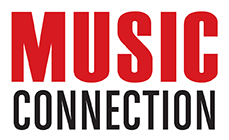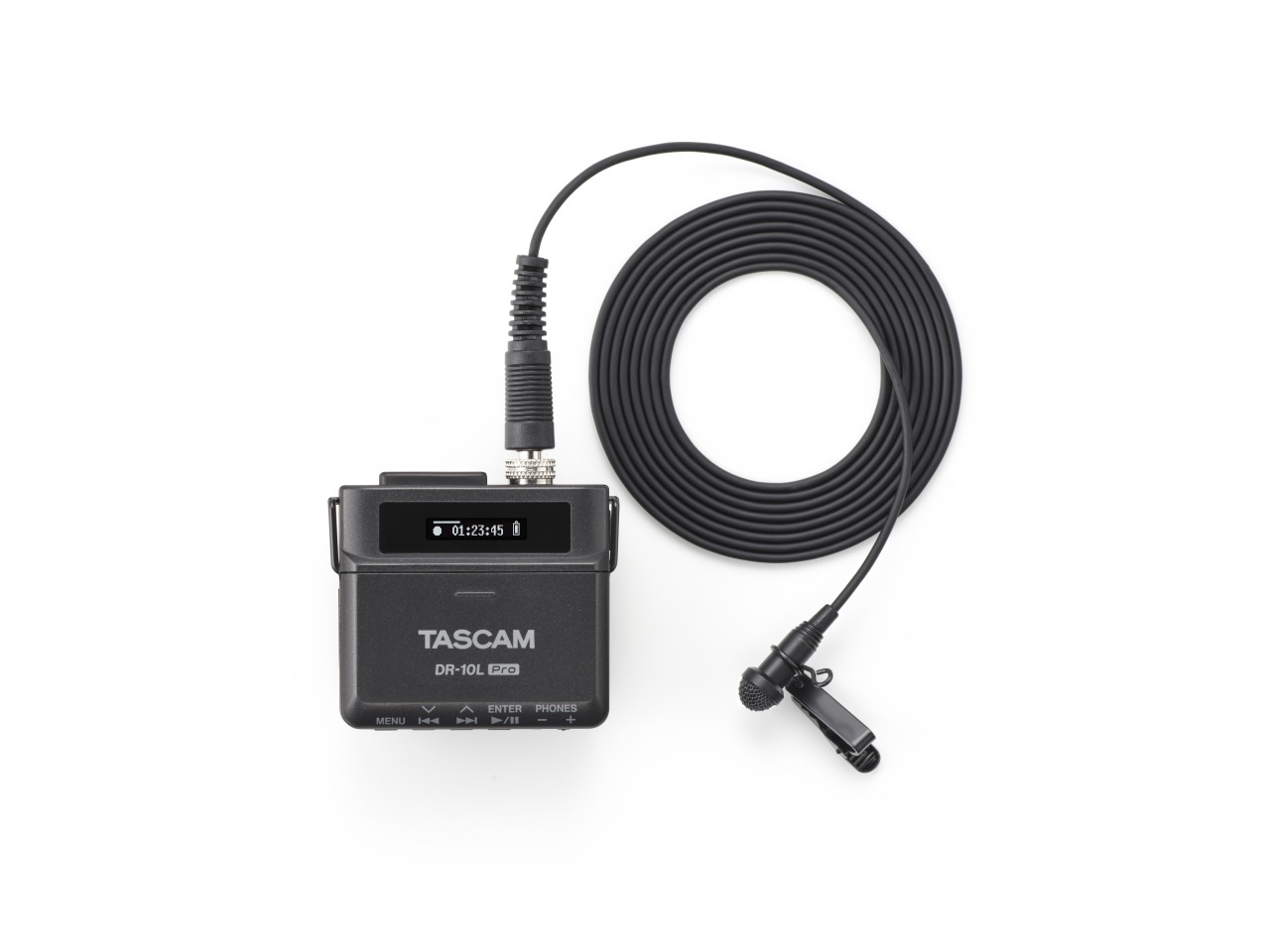Music Catalog Valuations Remain Resilient in the Face of Rising Interest Rates, Increased Bank Covenants, and Less Leverage
After the global financial crisis in 2008, private equity firms, asset managers, and other financial institutions turned to music copyrights as they sought an alternative investment with the potential for high returns in a low-yield environment. As music copyrights offered returns largely uncorrelated with other asset classes, they quickly became a compelling investment opportunity, driving up their value as capital costs remained at all-time lows.
In May of this year, the Federal Reserve raised interest rates for the tenth consecutive time, causing interest rates to reach their highest level since 2007. Federal policymakers have paused but haven’t indicated that they’re done. At the very least, they are slowing the pace at which they raise rates. On the other hand, U.S. central bankers are not finished making it more expensive to borrow money. It’s more costly for those with credit card debt, student loans, and adjustable-rate debt. It is also more costly for those leveraging the purchase of music catalogs, and the cost of capital has increased for those looking to acquire these catalogs.
The recent banking crisis also had an impact on the lending landscape. In the wake of the crisis, banks have become more cautious and are now requesting increased covenants while lowering the leverage they are willing to offer music catalog buyers. This shift means that obtaining financing for acquisitions is now more challenging and expensive than it has been in 15 years.
Despite the recent uptick in interest rates, valuations for these catalogs remain steady. What explains this trend?
The primary reason for the resilience of music catalog valuations is the continued projected rise in music royalties. Music royalties constitute the fees paid to the owner of a song (sound recording and composition) for every play or performance. Income generated from these royalties is used to value music catalogs.

Over this 15-year period, the world began transitioning to streaming music through streaming services like Spotify and Apple Music, which legitimized digital music consumption and increased the efficiency at which royalties are collected and paid. This transition started in the Americas and Europe and is rapidly expanding worldwide. In 2022, streaming grew 24% globally, with a record 523 million paid subscribers, accounting for 65% of recorded music revenues. To drill down further, revenue generated by music in Germany was at a two-decade high of 2.07 Billion Euros, with 80.3% of the revenue credited to streaming. Revenue from U.K.-recorded music rose for the eighth consecutive year to surpass $1.5 billion in 2022, with a year-on-year growth of 4.7%. Domestically, ASCAP reported double-digit growth in both revenue and payouts for 2022, with domestic collections for 2022 at $1.52 billion.
These are just a few examples of the continued growth in worldwide music revenue. Rights holders continue to see increasing royalties from all over the world, and the streaming adoption rate is accelerating. Beyond the increased consumption and ability to track music consumption through streaming services, new platforms came online and are paying for the use of music, including TikTok, Instagram, and Facebook. In addition, music content is also being accessed and monetized via channels such as short-form videos, fitness and gaming applications, and more. As a result, analysts including Goldman Sachs continue to raise their global music industry revenue forecasts.
Wall Street understood this evolution years ago, with firms like BlackRock and Pimco investing heavily in catalog acquisitions. The market set a high price, and others took note, creating more competition. Despite the rising cost of capital, there is still heavy competition for quality copyrights.
The market is also starting to understand that the top catalogs aren’t just made up of songs––they’re brands. Companies such as Primary Wave have led the way in helping the market understand what can be done with a catalog beyond just promoting its use in sync and streaming. Utilizing an artist’s name, image, and likeness and striking the right brand partnerships can also be an extremely lucrative tactic when targeted to the right fan base.
Music catalogs remain a relatively new asset class, and investors are still figuring out how to value them accurately. As a result, smaller catalogs with new music or catalogs lacking a marquee song still aren’t getting the same valuation as more iconic catalogs with standards and built-in household names.
More data is needed for a comprehensive understanding of these valuations. Nevertheless, investors' strong demand for music catalogs continues to outweigh concerns about rising interest rates and economic uncertainty.
Music catalogs have proven to be a resilient asset class, with their value derived from royalties generated by a music industry that continues to demonstrate dramatic growth and has become more effective at accounting for the use of its music and distributing the resulting royalties. Though the impact of rising interest rates on the broader economy, and the fact that banks are starting to request more covenants while offering less leverage, the music industry's historic resistance to economic downturns and the continued growth of music revenue have sustained catalog valuations for now. While the market is still evolving and the cost of funds has risen significantly, music catalogs remain an attractive asset class for investors. –Alex Heiche
ALEX HEICHE is the CEO of Sound Royalties. See soundroyalties.com














